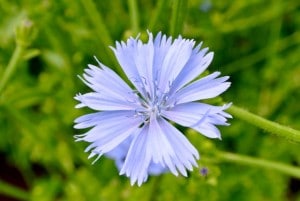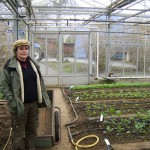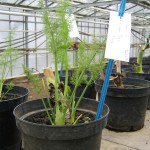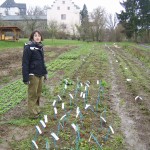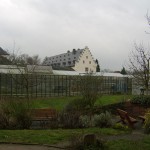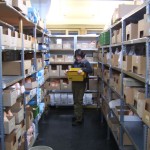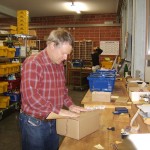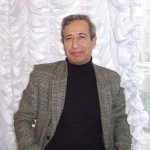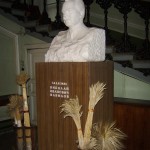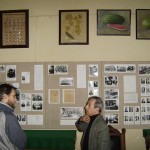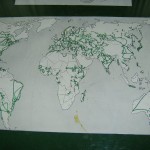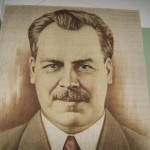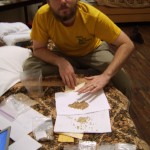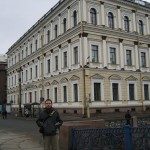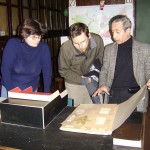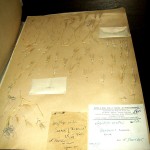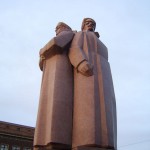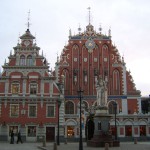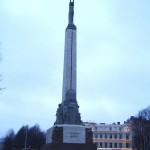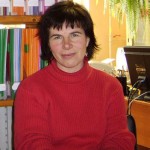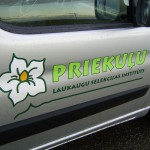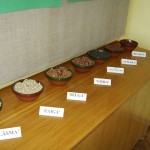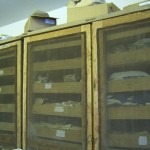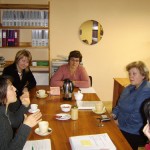Cell fusion CMS is truly anti-evolutionary and is contributing dramatically to the the loss of agricultural biodiversity in the seed industry, as the genes cannot be recovered from cell fusion CMS hybrids.
What is Cell Fusion? What is a Cytoplasmic Male Sterility (CMS) Hybrid? Why is it Creepy?
Recently I have been asked by several farmers and seed savers to write up a little something about a technology few people know about that is becoming more and more prevalent in our food system. When I bring it up in passing everyone seems to want to know more and their first question is often, “Why have I never heard of this?” After discussing it with many other organic farmers a question I always get is, “Is that illegal for organic farming?” I answer by saying “No, not yet at least.” And then predictably they say, “Well, it shouldn’t be allowed.”
This technology has been called “cell fusion CMS” and it is used to create male-sterile breeding lines, which are then used to create many common F1 hybrid seed varieties. These hybrid varieties are found in many seed catalogs and including many hybrid cabbage, broccoli and interestingly Belgian endive among other crops. The technology has been around for the last few decades and is sometimes called hybrid seed from protoplast fusion cytoplasmic male sterility (CMS). I have nicknamed it “transgeneric cybrid seed.” It is a kind of a biotech revision of a naturally occurring breeding technique that now straddles the border of genetic engineering. I said revision because some cytoplasmic male sterility can occur naturally – but cell fusion CMS does not occur naturally.
